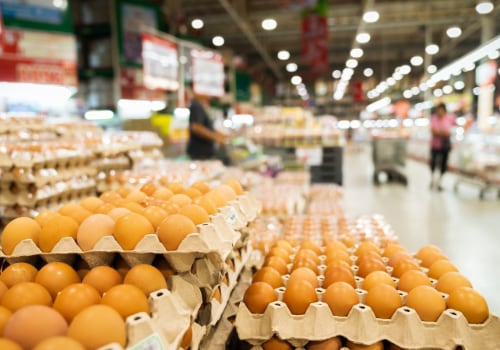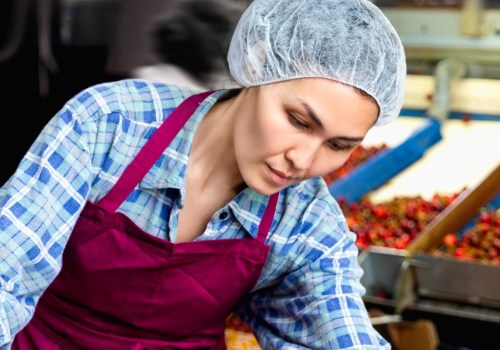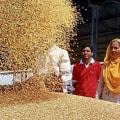The food supply chain comprises all the stages that food products go through, from production to consumption. Nowadays, food is transported over longer distances, across continents. The food supply chain refers to the processes that describe how food goes from farm to table. Processes within the food supply chain include production, handling and storage, processing and packaging, distribution and consumption.
The food supply chain refers to all the processes involved in growing food, right down to the table. Learn how it works, how it's disrupted, and why it's important to have a strong food supply chain. Participants who are involved in food production ensure safe and sustainable food production. For example, the electronic recording device (ELD) mandate requires food and service delivery workers to record their driving hours.
The only way to keep the food supply fresh and safe for consumption is to find effective solutions to supply chain problems. Raw materials) in ready-to-eat food products, from supply to processing, handling, distribution and sale, as well as the management and documentation of these activities. From there, distributors sell the food to consumers and restaurants, who ultimately eat and consume the food at the end of the chain. This can promote a strong food supply chain by complying with food standards and ensuring that quotas are consistently met.
Despite the fact that most food processing meets consumer expectations, incidents are still being reported. So what is the food supply chain? The food supply chain consists of different stages of food distribution that food products go through, starting with production and ending with consumption. The food supply chain is a summary of all the processes involved in the production and delivery of food to households and distributors. Read on to learn what food supply chains are, the people and processes that make them work, and how they are managed.
Good food management practices, including restaurant inventory management practices, help regulate food loss and waste. The supply chain begins at the point where raw materials (or components) are supplied to produce a specific good (tangible or intangible). And before they even reach the shelves, contaminated products can be discarded, resulting in more waste and less food reaching people's tables.







Leave a Comment